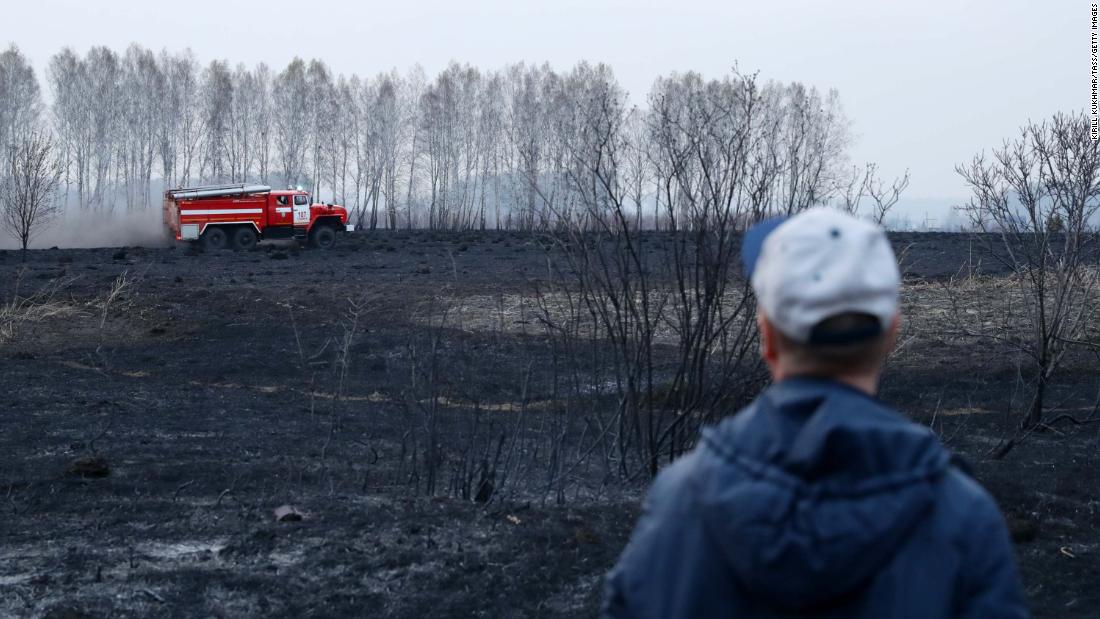
Heat in the vast Russian region sparked widespread forest fires in June, associated with an estimated 56 million tons of carbon dioxide, more than the annual emissions of some industrialized nations like Switzerland and Norway.
This, the researchers said, would make such an event “almost impossible” in a climate that has not been warmed by greenhouse gas emissions.
Scientists discovered that climate change increased the chances of prolonged heat by a factor of at least 600, and warned that the greenhouse gases released by the fires and the melting of permafrost will further heat the planet and decrease the reflectivity of the planet by loss of snow and ice.
Siberia experienced its warmest June on record, up to 10 degrees Celsius (18 degrees Fahrenheit) higher than average, according to the Copernicus Climate Change Service, a program affiliated with the European Commission.
The region tends to experience large temperature changes month to month and year to year. But temperatures in the region have remained well above average since 2019, which is unusual.
“The findings of this rapid investigation (that climate change increased the chances of prolonged heat in Siberia by at least 600 times) are truly staggering,” Andrew Ciavarella, lead author of the research and lead detection and attribution scientist at the Met Office, he said in a statement.
“This research is further evidence of the extreme temperatures we can expect to see more frequently around the world in an increasingly warmer global climate. Importantly, an increasing frequency of these extreme heat events can be moderated by reducing greenhouse gas emissions, “he added.
Scientists said that even in the current climate, prolonged heat was still unlikely, with conditions so extreme that they are expected to occur less than once every 130 years.
However, without rapid cuts in greenhouse gas emissions, they risk becoming frequent by the end of the century, experts warned.
This story has been updated to correct a Celsius to Fahrenheit conversion.
CNN’s Zamira Rahim and Hilary McGann contributed to the reports.
.